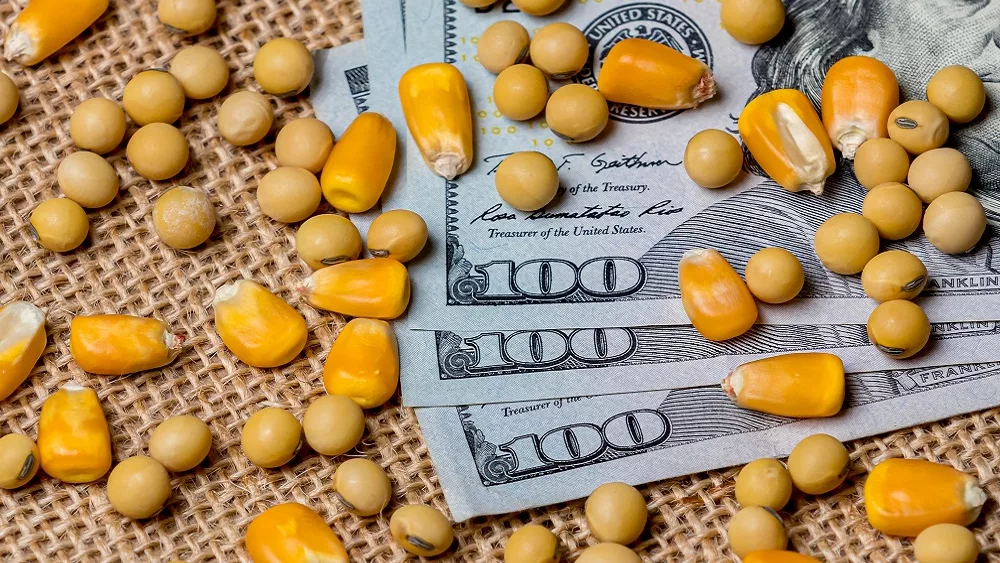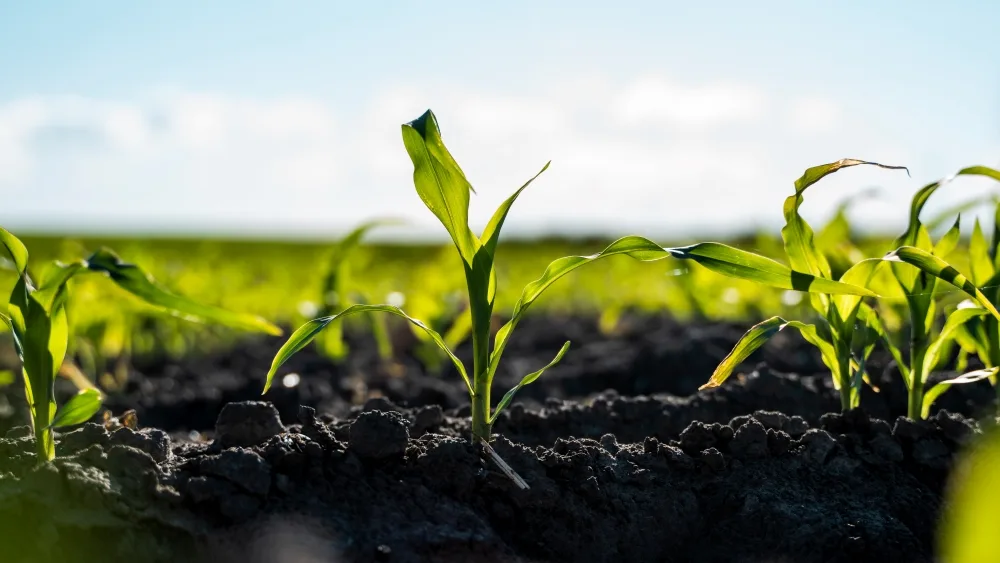Everyone is taking the winter to sharpen their pencil and plan for a successful 2025 crop season. David Widmar, economist with Agricultural Economic Insights based in West Lafayette, says interest rates are starting to fall, which is a good thing for U.S. agriculture, but it’ll take time to feel the effects of the drop.
“We went from three-and-a-half, four percent farm-level interest rates up to seven, seven-and-a-half percent, and now we’re coming down from seven-and-a-half percent to maybe six-and-a-half percent. We’ll start to see some improvement, but we went up a lot, and we’ve come down a little bit. The implications of interest rates will range from borrowing costs to asset valuations, so it’s going to take time to work its way through this system. But yes, time is going to be important. A little bit of relief for 2025, but long term will be important to watch.”
Looking ahead to ’25, Widmar says there are some reasons to think economic conditions will improve. There is some improvement in commodity prices for corn and soybeans.
“Some inputs have come down a little bit, so there’s going to be a little bit of budget improvement. And of course, optimism. We always turn the page and be optimistic about the next year’s crop, so I think that’s going to be important to keep an eye on. But producers are going to have to ultimately do a lot of review of their financials over the winter, make solid plans in their budgets, but I think they’re also going to need to say, ‘How am I going to cut some of those fixed overhead costs that I have on my operation?’ Is my family living in shape? Are all my machinery costs in shape? Are my debt payments in shape? There’s time here, time to make some decisions and course adjustments.”
There’s also the possibility of financial assistance coming from Congress during this lame-duck session, but Widmar cautions on how to best use it if it does come.
“So, are we going to use that as a band-aid to cover up some of our wounds on our balance sheet, or we’re going to use it as an opportunity to get things restructured to set us up for success beyond 2025?”
For more insight, visit aei.ag.
Source: NAFB News Service





